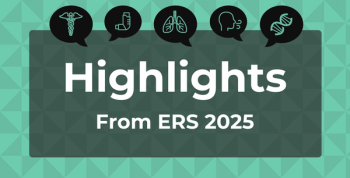
American Hospital Association Raises Questions About CMS' Release of Star Ratings
Critics of the Hospital Compare "Star" ratings ask whether the failure to take patient wealth into account unfairly penalizes hospitals that care for larger numbers of poor patients.
Update July 27, 2016:
The American Hospital Association (AHA) is among the groups asking whether CMS’ method of rating hospitals is unfair to safety net and teaching hospitals.
CMS on Thursday released
The data show that safety net hospitals were less likely to receive likely to receive the top ratings of 4 or 5 stars, and more likely to receiving ratings that were below average. Safety net hospitals have long complained that their patients have more acute health problems due to higher rates of chronic disease and smoking, and penalizing them for poor health outcomes takes resources away from hospitals that most need federal funds.
“Star” ratings are a composite of 64 individual quality measures, which cover things like how often patients have to wait in the emergency department, infection rates, readmission rates after a heart attack, and whether patients receive too many CT or MRI scans.
Medicare said it took patient health conditions into account, but not wealth. CMS’ statement said it was moving ahead with the release of data because its analysis showed “hospitals of all types are capable of performing well on star ratings and also have opportunities for improvement.”
CMS data that compared ratings of teaching and non-teaching hospitals showed that about the same share received the top scores, but a larger share of teaching hospitals received 1 or 2 stars. The average rating for teaching hospitals was 2.87, while the average for a non-teaching hospital was 3.11. Hospitals classified as safety net hospitals had an average rating of 2.88, while others had an average rating of 3.09.
The AHA noted in a blog post that more than 280 members of Congress sought a delay in the ratings, “to provide the necessary time to more closely examine the star rating methodology, analyze its impact on different types of hospitals, and provide more transparent information regarding the calculation of the ratings to determine accuracy.”
AHA noted that a recent econometric analysis found flaws with CMS’ approach to the ratings. Ashley Thompson, AHA senior vice president for public policy analysis and development, said “The data continue to raise questions and concerns.” The data may “unfairly penalize teaching hospitals and those serving the poor. We urge CMS to work with the hospital field to ensure its methodology is fair and reliable, so that patients will have access to useful information.”
For information on the methodology and development of the new Hospital Compare star system,
Newsletter
Stay ahead of policy, cost, and value—subscribe to AJMC for expert insights at the intersection of clinical care and health economics.













































